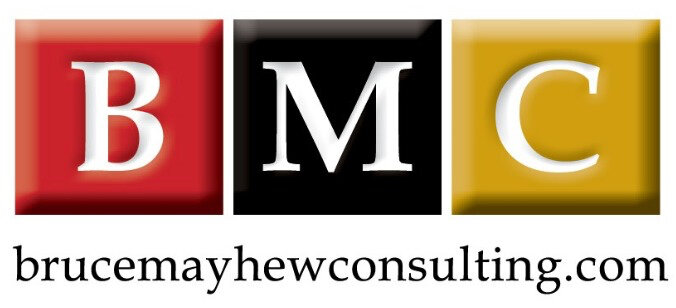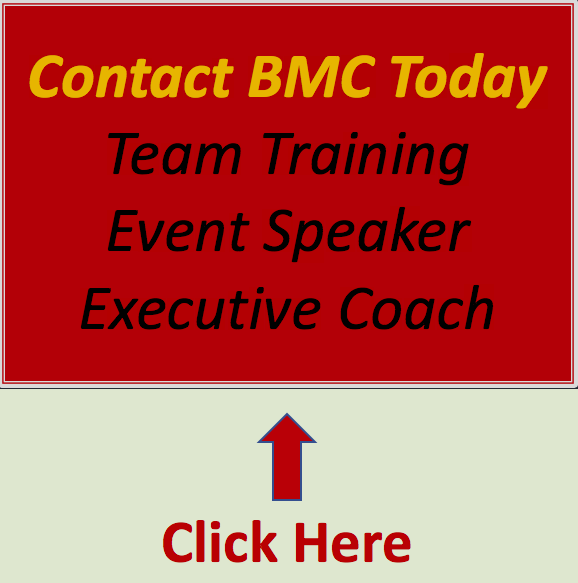The Importance Of Building A Supportive Company Culture
/A supportive company culture is a living, breathing, dynamic space. It is an environment where ideas, responsibilities, respect and mutual support ebb and flow between leaders, employees, suppliers, clients and more. It is a place where trust and loyalty are nurtured carefully. And all supportive corporate cultures are built on a foundation of purpose; a shared understanding of the company vision, mission and values. Metaphorically speaking, purpose is where you are going, and corporate culture is how you are getting there.
Everyone from the most junior employee to the most senior has a responsibility to support the company culture; it is not the sole responsibility of the leadership team, HR or the social committee. A healthy, supportive corporate culture is a symbiotic relationship that involves everyone. It grows out of the big and small decisions we make, how we act, what we say, how we say it, how we treat each other and what part we play in our community. We are all ambassadors of our corporate culture as well as our own personal and professional reputation (brand).
The following are opportunities where each of us can contribute to a supportive company culture. And, while all of these are great opportunities, we must recognize it would be impossible to ever develop a complete list. So, I encourage you to consider these suggestions but to also consider what other ways you and/or your company could use to create a supportive company culture.
Company Examples: Adding to a supportive company culture:
Companies with supportive company cultures know most employees want to be proud of where they work and want to help the company be the best it can be. Yes, there will always be an employee who doesn’t care and only wants a paycheck, but truthfully, there are far fewer people like this than we may think. Most people who have checked-out simply don’t feel valued, respected and supported (3 from a list of most common reasons), but put them in a space where the corporate culture is rich and they will thrive.
To help proud employees do their best work, the following are examples how great leaders add to a supportive company culture:
· Offer employees fair wages with respectful benefits
· Strive to be sure employees feel:
Valued
Appreciated
Trusted
Involved
Empowered
· Encourage employees to ask questions
· Employees believe they contribute / their work is important
· Employees feel a level of control / Autonomy
· Provide employees opportunities to better themselves
· Empower employees to work when they are at their best
· Employees are:
Mentored
Challenged
Promoted
Encouraged to enjoy interests outside of work
· Be a good corporate citizen
Leadership Examples: Adding to a supportive company culture:
While it is everyone’s responsibility to build and support the company culture, leaders really do play an important role in what happens throughout the company and/or within their team. Even a leader within a company with a questionable company culture can create a happy, creative, productive and loyal corporate micro-culture when their team feels their respect and trust.
So, what can a leader do within their company and/or team to develop a supportive corporate culture?
Include everyone on your team to define team values and/or to discuss what the current team or organization values impact them and how they approach their work. Note: Even though your company may have defined values, I don’t think there is anything wrong with sitting with your team to not only review them… but to add one or two that your team may want to also adopt.
Explore openly with your team how every decision and/or action supports (or does not support) the company’s core values, beliefs, mission and vision.
Be approachable
Practice empathy
Be crystal clear with your expectations
Agree that no question is a bad question. Better people ask for clarification than do something unexpected eh?
Demonstrate trust by giving employees the opportunity to figure things out for themselves. This often develops a greater sense of responsibility, pride and confidence in the employees (or teams) and makes their work important to them.
Demonstrate you value suggestions from employees and suppliers as much as you do from other leaders.
Provide employees and teams the autonomy and decision-making ability they need to be accountable. Leaders need to support their team while also helping them be responsible and accountable for their work. Accountability develops greater sense of responsibility, pride and confidence. It will help them grow and be better at their work in the future. Remember, leaders do not make every decision; they trust employees who are experts and/or closer to the work.
Reward when people and/or teams are accountable.
Encourage and praise employees who collaborate well with others. This doesn’t mean only reward extraverts; introverts are often some of the best collaborators.
Take onboarding new employees seriously, help them learn the language, the culture and the organization. Consider matching new employees with internal mentors.
Help your company and team be a good corporate citizen.
Respect our environment.
Employee Examples: Adding to a supportive company culture:
During my career I have had some great bosses – I’ve also had one really bad boss. This bad boss created a terrible team culture even though the overall corporate culture was quite good. Thankfully, there were a few of us on the team who banded together to support each other and to find ways to do our best work within the toxic storm our leader created.
Ways in which employees can add to a supportive company (or team) culture include:
Know what the company’s core values, beliefs, mission and vision are. Try to use those as goal posts for the decisions you make.
Demonstrate you recognize everyone has a voice and their ideas are valued.
Always enjoy a good laugh, but never at someone else’s expense. Mutual respect is critical.
When you are wrong or makes an error, admit it and move on. Being accountable shows respect for yourself and your colleagues. A culture of accountability also develops trust.
When someone else is wrong or makes an error, move on. Ask them if they would like your support to find ways to minimize / correct the damage.
When someone else has a better idea, give them credit and help them / the team develop it further. Be an example of integrity, honour and respect of other people and ideas.
Be respectful with your language.
Help your company and team be a good corporate citizen.
Respect our environment.
Toxic workplaces cause psychological and physical stress. This engages peoples natural instinct to protect themselves, to not share creative ideas, decreases motivation, increases absenteeism and eventually turnover.
Organizations are aways in competition to hire and retain amazing people. The best way to protect themselves from losing valuable employees is to make sure you have a supportive company culture that makes your employees… and your competitions employees… want to work for you.
Conclusion
You now have many examples how to create a supportive company culture that is an environment for growth, hard work and change while still maintaining a low stress environment. This creates one of the best places to work where productivity and loyalty are high while conflict and turnover are low. When we have a great company culture, employees trust each other and can be their true authentic self. When we trust and respect each other we share good ideas, crazy ideas, we look out for each other and everyone wins.
BONUS:
Two deeper dives into how companies and leaders can build great a great corporate culture.
1. Build a solid employment brand. It starts with understanding what makes your organization unique. Once you have it, promote it; find every opportunity to talk about the company brand. Write articles, post employee survey results, sit on panel discussions, talk with reporters in addition to the more common approach of building a great career website and distributing job openings in both typical and non-standard places. Make sure that everyone knows yours is a great place to work.
If you’re a good employer, employees will want to work for you. Existing employee loyalty will go up and when you do need to hire new people you will be attracting talent that want to work for your company versus have to find a job.
Now is the time to be further developing your corporate culture because you can bet your competition is.
2. Consider sabbaticals or approved / arranged boomerangs. We all know what a sabbatical is. In office terms a boomerang is when an employee leaves a company and then later returns to work for the company.
Imagine offering an agreed upon leave of absence like sabbaticals and boomerangs to employees who meet or exceed expectations to achieve a personal goal or gain new skills.
Neither sabbaticals or boomerangs need to be for a year. Why not let them be can be as flexible as required. And, perhaps you can arrange employees spend some time in the office so you don’t lose all productivity. For example, imagine having a strong employee who requests a 3-month sabbatical to take a few courses or earn a professional certificate to help them further their career. Depending on their schedule they may even be able to work 2-days a week. Or imagine letting an employee take a 2-month boomerang to take their dream vacation.
Offering flexible options will provide a clear example of how you trust and value employees while giving them some autonomy. Employees who negotiate sabbaticals and boomerangs are going to be even more valuable when they return because they will always have a fresh perspective and likely be more hard-working than ever. If nothing more, they will be more loyal. And let’s be clear, in most cases you will save thousands of dollars versus the high cost of recruiting new talent in highly competitive business environments and opportunity lost when valued employees see no other way to get ahead than to quit… or worse, to not take a dream course or vacation, feel resentful about it and stay.
Whenever you can, create a workplace where employees feel comfortable being themselves and is built on mutual respect and mutual benefit.
Thank you for your interest in building a supportive company culture.
An other article you might like.
Why Trust Matters and How To Build Trust At Work
About Bruce and Bruce Mayhew Consulting.
Bruce is Corporate Trainer, Keynote Speaker and Executive Coach.
Bruce Mayhew Consulting specializes in customized Email Etiquette Training, Leadership & New Leadership Development, Generational Differences, Time Management Training and other soft skills training solutions in Toronto and across Canada. Bruce is also an Executive Coach to a few select clients.
Bruce is an experienced motivational speaker in Toronto and has inspired audiences across Canada and within the USA and the UK. Bruce works hard to always make sure your training event, conference, retreat, or annual general meeting is a success.




























